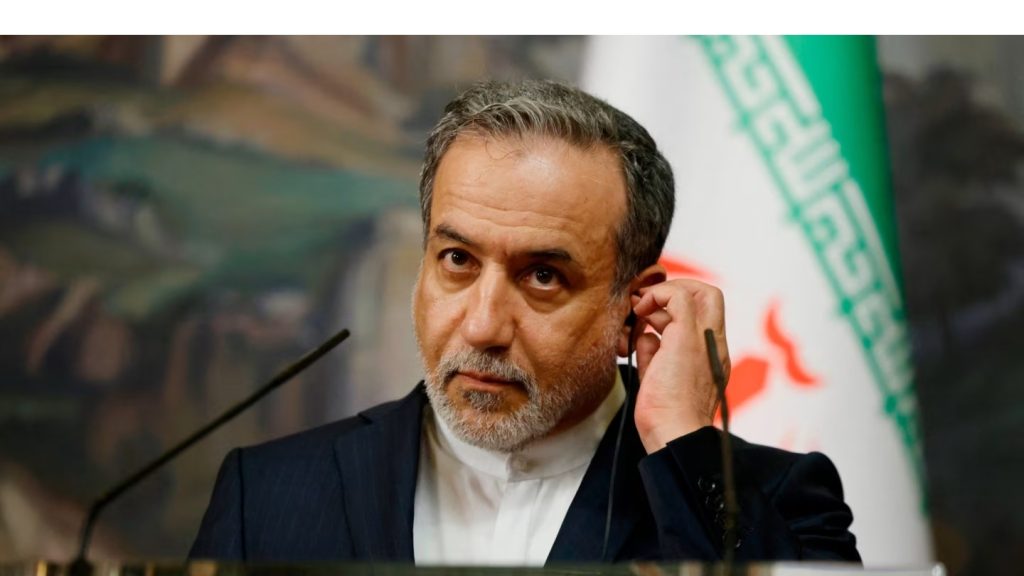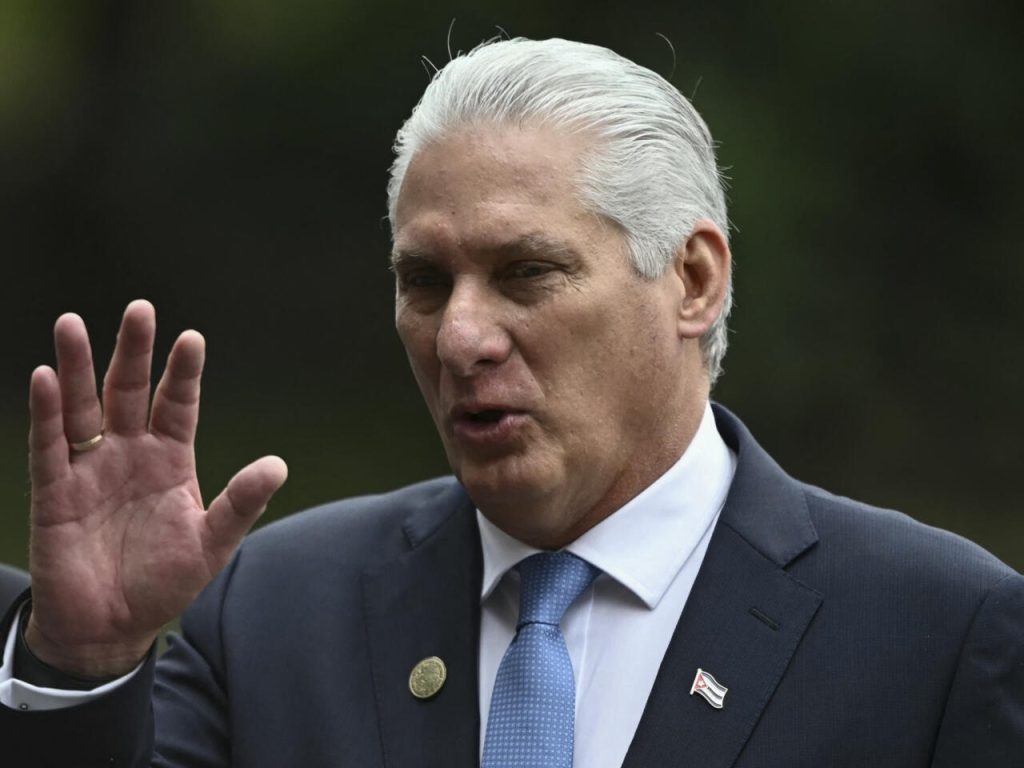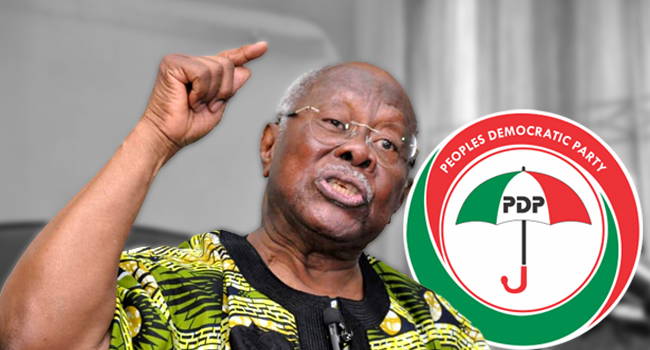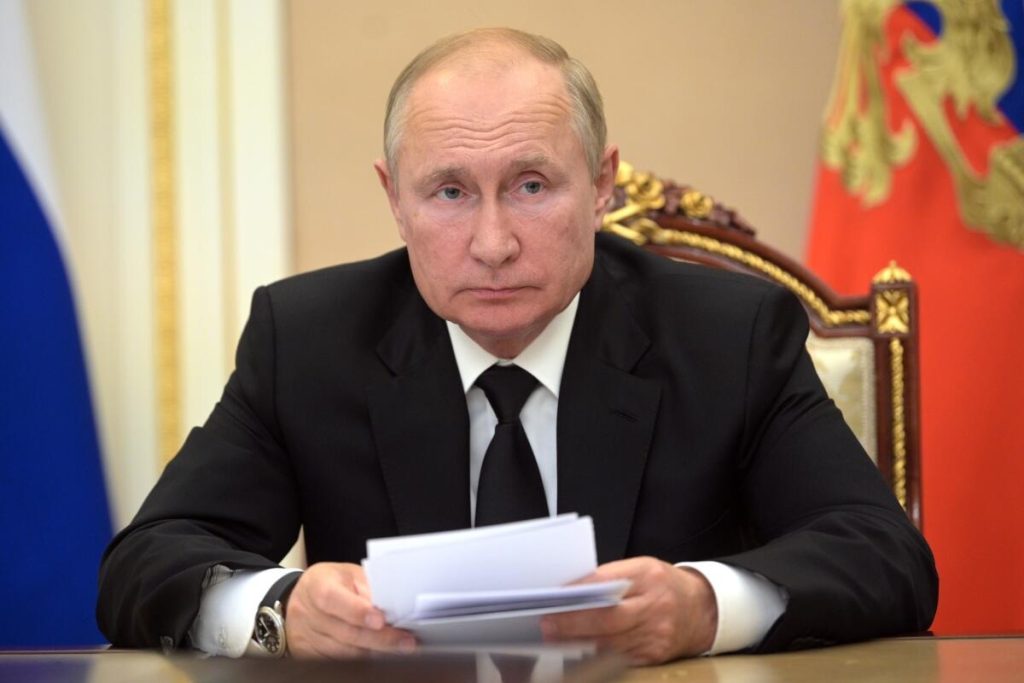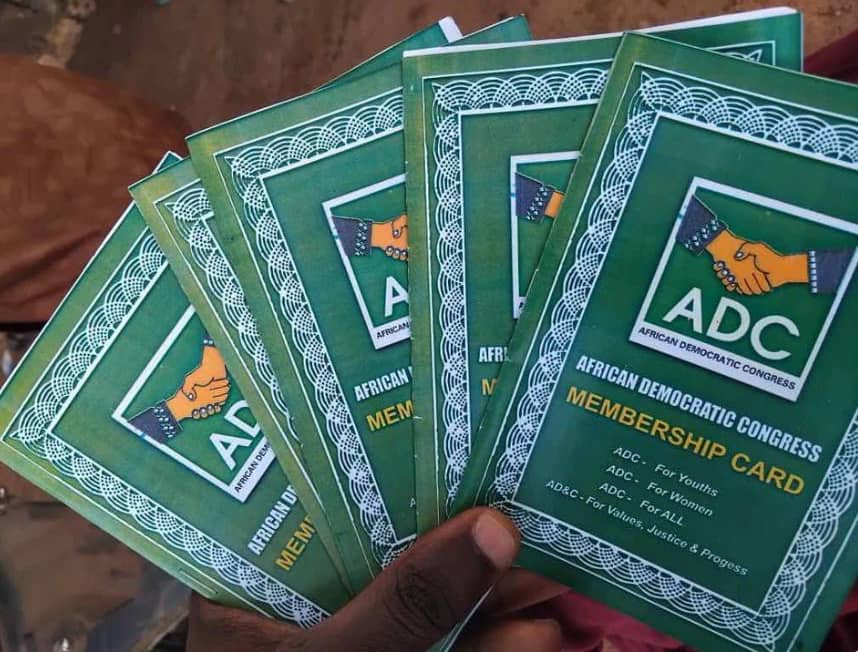Flags serve as potent symbols of national identity, reflecting the values, history, and aspirations of a country.
Since the turn of the millennium, several African countries have opted to update or completely change their national flags, driven by various reasons such as political transformations, rebranding efforts, or shifts in national identity.
Here, we delve into the stories of five African nations that have altered their national flags in the 21st century, symbolizing a new chapter in their histories.
1. Libya: A Return to Roots
In 2011, Libya reverted to its pre-1969 flag, following the downfall of Muammar Gaddafi’s regime. The red, black, and green horizontal stripes, adorned with a white crescent and star, pay homage to the country’s rich history. The red represents the blood of independence martyrs, black signifies the dark days of colonialism, while green embodies the nation’s agriculture and prosperity. The crescent and star remain traditional symbols of Islam.
1. Malawi: A Brief Experiment
Malawi introduced a new flag in 2010, replacing the rising sun with a full sun, to reflect the nation’s progress since independence. However, the change was short-lived, as the country reverted to its original flag in 2012, following public outcry. The original flag’s black stripe represents the African people, red symbolizes the blood of martyrs, and green represents the land, while the rising sun embodies hope and freedom.
1. Rwanda: Unity and Reconciliation
Rwanda adopted a new flag in 2001, aiming to promote national unity and reconciliation after the devastating 1994 genocide. The blue, yellow, and green stripes, featuring a golden sun, represent peace, happiness, economic development, hope, and prosperity. The sun symbolizes enlightenment, illuminating the path forward.
1. South Sudan: A New Nation’s Symbol
Upon gaining independence from Sudan in 2011, South Sudan unveiled its flag, comprising black, red, and green stripes, separated by white stripes, and a blue triangle with a yellow star. The colors represent the people, peace, harmony, brightness, hope, Islam, the Nile River, and unity.
1. Lesotho: Peace and Heritage
Lesotho introduced a new flag in 2006, marking 40 years of independence and promoting peace. The blue, white, and green stripes feature a black Basotho hat (Mokorotlo) in the center, representing the sky, rain, peace, land, and the people of Lesotho.
These flag changes reflect significant political and social developments across Africa since 2000. As nations evolve, their flags serve as powerful symbols of their growth, aspirations, and histories, broadcasting their unique narratives to the world.




